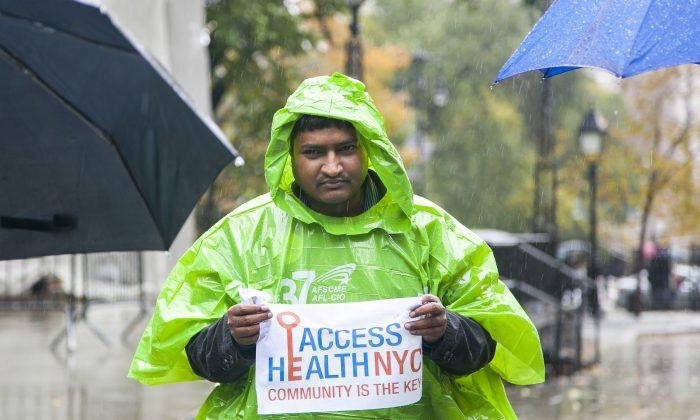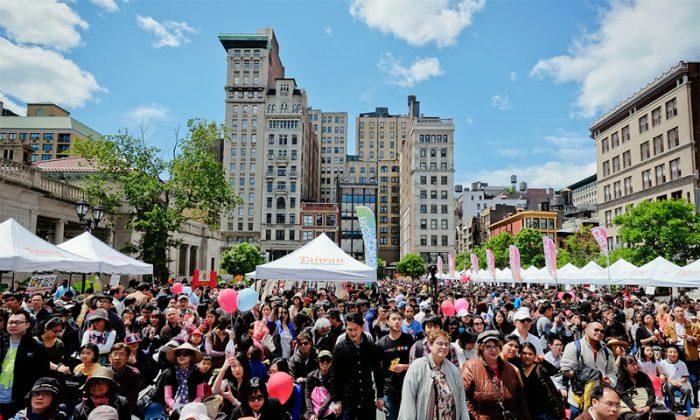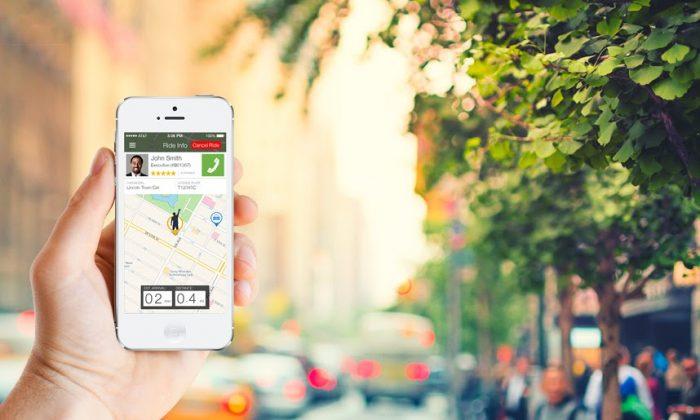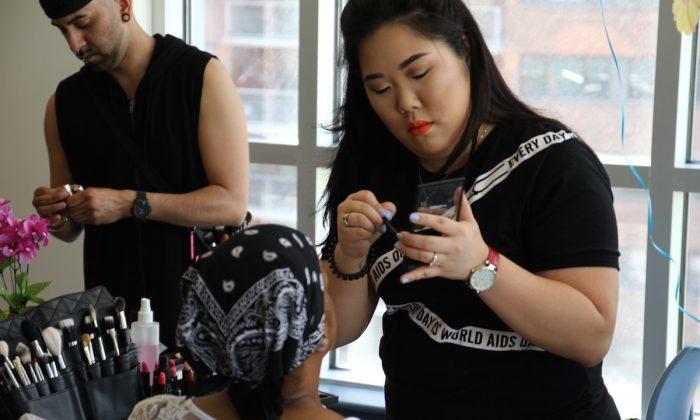NEW YORK—Health care advocates rallied on the steps of City Hall Thursday in the pouring rain, demanding $5 million for a new initiative to connect poor, largely uninsured communities of color with public health insurance.
The initiative, Access Health NYC, would fund many organizations, such as Arab-American Family Support Center and Spanish Speaking Elderly Council-RAICES to connect these non-English-speaking communities with government offerings of health care.
The demand comes just weeks before New York City opens up enrollment for public health insurance a second time, from Nov. 15, 2014 to Feb 15, 2015.
At a hearing held shortly after the rally, the City Council’s Committee on Health found that although last year’s enrollment numbers were high, oftentimes the ones signing up for public health care are people most likely to have known about it, such as the family members of health care workers.
“Last time, we got the low hanging fruit,” said Councilmember Corey Johnson, who chairs the Committee on Health.
He said that this year’s enrollment will be aimed at harder to reach groups—such as undocumented immigrants—requiring an effort like Access Health NYC.
Almost a million people enrolled in coverage the first time, but according to a Committee on Health briefing report, this time won’t be so easy.
Eighty-nine percent of uninsured people have not heard of enrollment opening up in November again.

The Uninsured
The most at-risk and vulnerable New Yorkers, such as the elderly, minorities, and the disabled, might have a language barrier, or simply are not in touch with the health care system.
Nearly 40 percent of adults for whom Spanish is the primary language were not insured in 2012, according to a Department of Health and Mental Hygiene community health survey.
Speaker Melissa Mark-Viverito said at the hearing that while the Upper East Side has the lowest uninsured rate in the city—2.6 percent—East Harlem, just a 20-minute bus ride away, has an insured rate of 16.5 percent, more than eight times higher.
The top five neighborhoods with the lowest insured rate of above 25 percent were all immigrant-heavy, diverse neighborhoods: North Corona, Bushwick North, East Elmhurst, Elmhurst, and Corona.
Premiums and deductibles are some of the jargon that confuses the uninsured, said Esther Lok, an assistant director at the Federation of Protestant Welfare Agencies.
These New Yorkers may also not have received information on how to pick a primary care doctor, where the clinics are, and the complexities of using insurance.
Lok said, “Some of them after they receive an insurance card have no idea what to do with it. So for a whole year, they didn’t use it at all.”
Johnson mentioned he wanted to reach out into the Bengali community, the Dominican community, and the Punjabi community, as some examples.
Another reform to educate these communities could be to connect the public health care enrollment with other government welfare services, suggested Lorraine Gonzalez, health policy director at the Children’s Defense Fund.
“When someone collects his SNAP, he should be able to learn about health insurance at the same time,” said Gonzalez, referring to the state’s food stamp program.
Those who are ineligible for Medicaid have several options for health care coverage, such as Child Health Plus, which covers children under the age of 19 in households that can be four times the poverty line.
Another option is Pre-Qualification for Emergency Medicaid, which is offered to undocumented immigrants and visitors for treatment in emergencies.




